Hairstreak needs a name
seedmoney
12 years ago
Related Stories

GARDENING GUIDES6 Steps to Creating Your Butterfly Garden
Encourage these fanciful winged beauties to visit your garden while helping restore their fragmented habitat
Full Story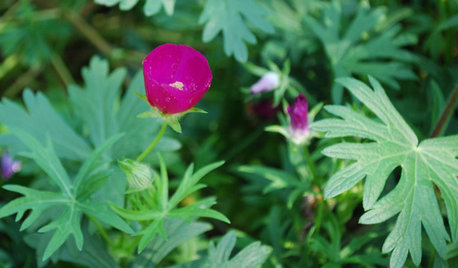
GARDENING GUIDESGreat Design Plant: Callirhoe Involucrata Wakes Up Hot Garden Spots
Give a dry and sunny garden a jolt of violet-pink color summer to fall — and watch bees and butterflies flock to the nectar
Full Story
GARDENING FOR BUTTERFLIESButterfly Gardening: Delight the Eyes With Living Sculptures
Surprise and thrill with a garden that attracts magical winged creatures, bringing color, movement and life
Full Story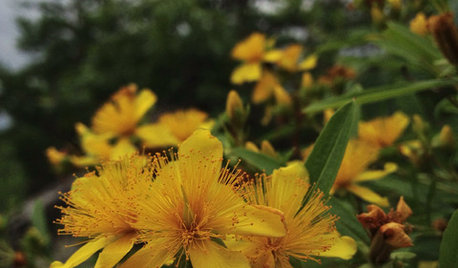
GARDENING GUIDESHypericum Prolificum Brings the Best of St. Johnswort to the Garden
This eastern North American species pairs bright yellow summer flowers with compact shrubbery
Full Story
GARDENING GUIDES9 Clay-Busting Native Flowers for Summer Sun
These plants survive and even thrive in tough clay soil east of the Rocky Mountains
Full Story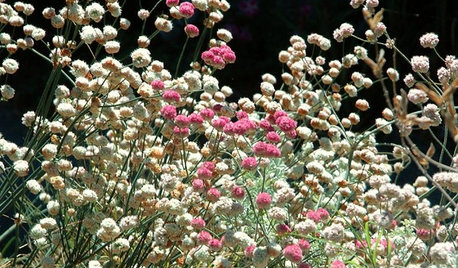
GARDENING GUIDESGreat Design Plant: Eriogonum Nudum, a Summer Oasis for Pollinators
Naked buckwheat is a bee and butterfly magnet with an easy nature, a tough constitution and profuse pom-pom flowers in summer
Full Story
GARDENING GUIDESGreat Design Plant: Amelanchier Signals Spring With Airy White Blooms
With roughly 20 species of serviceberry native to the U.S., bees can feed on the early-season blooms while birds enjoy the summer berries
Full Story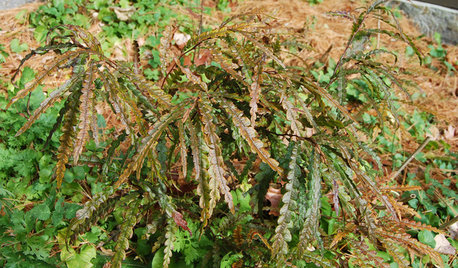
GARDENING GUIDESGreat Design Plant: Comptonia Peregrina
Though not a fern, sweet fern sure smells sweet and thrives in tough spots where many shrubs and ferns cannot
Full Story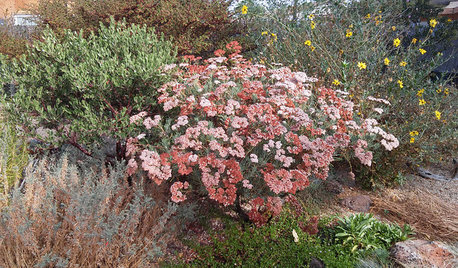
GARDENING GUIDESGreat Design Plant: Eriogonum Arborescens
Plant Santa Cruz Island buckwheat for its striking ornamental appeal. It also provides important wildlife habitat
Full Story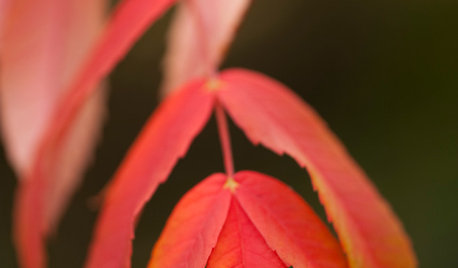
GARDENING GUIDESGreat Design Plant: Rhus Glabra
Smooth sumac provides powerful jolts of fall color and persistent fruit clusters that add interest through the winter
Full Story






MissSherry
seedmoneyOriginal Author
Related Professionals
Carson Landscape Architects & Landscape Designers · Berkley Landscape Contractors · East Lake-Orient Park Landscape Contractors · Franklin Landscape Contractors · Hollywood Landscape Contractors · Lynwood Landscape Contractors · West Coon Rapids Landscape Contractors · Centereach Fence Contractors · Leesburg Fence Contractors · Lexington Fence Contractors · San Fernando Fence Contractors · South Yarmouth Fence Contractors · Missouri City Window Contractors · Mokena Window Contractors · Pleasant Grove Window ContractorsMissSherry
KC Clark - Zone 2012-6a OH
seedmoneyOriginal Author
larry_gene
seedmoneyOriginal Author